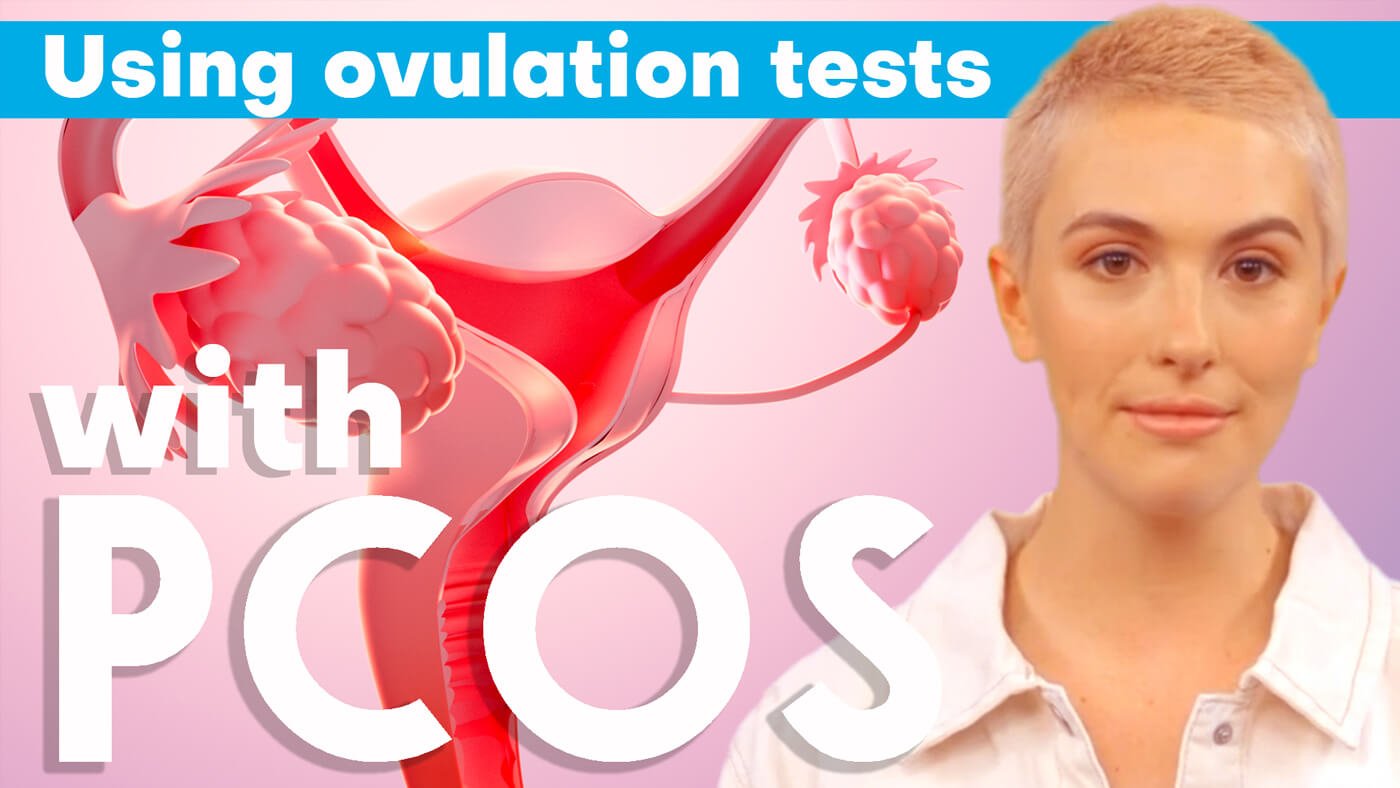Polycystic Ovary Syndrome (PCOS) is a complex hormonal disorder affecting millions of women worldwide. It's a condition that many women experience without fully understanding, often mistaking its symptoms for unrelated issues. Despite its prevalence, the exact causes of PCOS remain a mystery. However, medical experts have identified several contributing factors that appear to play a crucial role in the development of this condition. Let's explore these factors, the common symptoms, and how a diagnosis is typically made.
The Role of Hormones in PCOS
Hormones are chemical messengers that regulate numerous functions in the body, including growth, metabolism, and reproductive health. In women with Polycystic Ovary Syndrome, the body produces higher-than-normal levels of androgens, which are often referred to as "male hormones" despite being present in both sexes. These elevated androgen levels can disrupt the normal functioning of the ovaries, leading to symptoms such as irregular menstrual cycles, acne, and excess hair growth.
While it's not entirely clear why some women produce more androgens than others, research suggests a strong genetic component. Women with a family history of Polycystic Ovary Syndrome are more likely to develop the condition themselves, indicating that inherited factors may influence hormone levels. Additionally, environmental and lifestyle factors, such as diet and exercise, can exacerbate the hormonal imbalances associated with PCOS.
Insulin Resistance: A Key Contributor
Insulin resistance is another significant factor linked to Polycystic Ovary Syndrome. Insulin is a hormone that helps regulate blood sugar levels by facilitating the uptake of glucose into cells for energy. In insulin resistance, the body's cells become less responsive to insulin, causing the pancreas to produce more of it to maintain normal blood sugar levels. This excess insulin can stimulate the ovaries to produce more androgens, further contributing to the hormonal imbalance seen in PCOS.
The relationship between insulin resistance and Polycystic Ovary Syndrome creates a feedback loop that can make symptoms worse. For instance, excess weight can increase insulin resistance, leading to higher insulin levels and more androgen production. This cycle can result in the worsening of PCOS symptoms, such as weight gain, which in turn contributes to even greater insulin resistance.
The Genetic and Environmental Puzzle
Although hormones and insulin resistance are crucial factors in Polycystic Ovary Syndrome, they do not fully explain why the condition occurs. Genetics play a significant role, with many women with PCOS reporting a family history of the disorder. This suggests that certain genes may predispose women to hormonal imbalances or insulin resistance. However, genetics alone cannot account for the rising incidence of PCOS, particularly in countries where lifestyle changes have led to increased rates of obesity and metabolic disorders.
Environmental factors, including diet, physical activity, and exposure to endocrine-disrupting chemicals, are also believed to contribute to the development and severity of PCOS. These chemicals, found in various everyday products, can interfere with hormone function and may play a role in the hormonal imbalances seen in PCOS. Understanding the interplay between genetic predisposition and environmental exposures is an ongoing area of research.
Recognizing the Symptoms of PCOS
Polycystic Ovary Syndrome can manifest in various ways, and its symptoms can vary widely from one woman to another. This variability can make it challenging to diagnose. Some women experience clear signs, while others may have symptoms that are less obvious. For many, the journey to a PCOS diagnosis begins with a visit to different specialists for seemingly unrelated issues.
For example, a woman might see a dermatologist for persistent acne or unwanted hair growth, not realizing these are signs of Polycystic Ovary Syndrome. Another woman might consult her gynecologist due to irregular menstrual periods, while yet another might visit her primary care physician for unexplained weight gain. In many cases, these women do not initially realize that these symptoms are interconnected and indicative of a single underlying condition: PCOS.
Common Symptoms of PCOS
Irregular Menstrual Cycles: One of the hallmark symptoms of Polycystic Ovary Syndrome is irregular or absent menstrual periods. This irregularity is often due to the lack of ovulation, where the ovary fails to release an egg each month.
Hyperandrogenism: Elevated levels of male hormones (androgens) can lead to physical changes such as excess facial and body hair (hirsutism), severe acne, and thinning of the scalp hair. These symptoms are particularly distressing for many women, as they can affect self-esteem and quality of life.
Ovarian Cysts: The presence of multiple small cysts on the ovaries is another common feature of PCOS. These cysts are actually immature follicles that have failed to mature and release an egg. However, it's important to note that having ovarian cysts alone is not enough for a diagnosis of Polycystic Ovary Syndrome. Many women without PCOS have ovarian cysts, and not all women with PCOS have cysts on their ovaries.
Diagnosing Polycystic Ovary Syndrome
Diagnosing Polycystic Ovary Syndrome typically involves a combination of a medical history review, physical examination, blood tests, and ultrasound. To confirm a diagnosis of PCOS, a doctor will usually look for the presence of at least two of the following three criteria:
Irregular Periods or Lack of Ovulation: This can be determined through a review of the patient's menstrual history and, if necessary, additional tests to confirm the absence of ovulation.
Elevated Androgen Levels: Blood tests can measure the levels of androgens in the body. Higher-than-normal levels of these hormones suggest hyperandrogenism, one of the key features of Polycystic Ovary Syndrome.
Polycystic Ovaries: An ultrasound can help visualize the ovaries and detect the presence of multiple small cysts. However, as mentioned earlier, cysts alone do not confirm a diagnosis of PCOS; they are just one piece of the puzzle.
Living with PCOS: Challenges and Management
Living with Polycystic Ovary Syndrome can be challenging, not only because of the physical symptoms but also due to the emotional and psychological impact of the condition. Women with PCOS often face a higher risk of developing other health issues, such as type 2 diabetes, cardiovascular disease, and mood disorders like depression and anxiety. These risks make early diagnosis and management crucial.
While there is no cure for Polycystic Ovary Syndrome, various treatment options can help manage symptoms and reduce the risk of long-term complications. Lifestyle modifications, such as adopting a healthy diet and engaging in regular physical activity, can significantly improve symptoms and overall health. For some women, medications to regulate menstrual cycles, manage insulin resistance, or reduce androgen levels may be necessary.
It's essential for women with PCOS to work closely with their healthcare providers to develop a personalized management plan that addresses their specific symptoms and health goals. Regular monitoring and adjustments to the treatment plan can help manage the condition effectively.
Polycystic Ovary Syndrome is a multifaceted condition that affects millions of women globally, impacting their health, fertility, and quality of life. While the exact causes of PCOS remain unknown, hormonal imbalances, insulin resistance, genetic factors, and environmental influences all play a role. Understanding these contributing factors, recognizing the symptoms, and seeking a timely diagnosis are crucial steps toward managing Polycystic Ovary Syndrome effectively. Through awareness, education, and proactive healthcare, women with PCOS can lead healthy, fulfilling lives.
Related blog articles:
Naturally Boost Your Fertility▶️
Fertility and age: The truth about getting pregnant after 35▶️
When is your fertile window?▶️
How long does it actually take to get pregnant?▶️
Understanding Your Menstrual Cycle: A Comprehensive Guide▶️
The Future of Pregnancy: What to Expect in 2050▶️
Ovulation Symptoms: Key Signs & Tracking Tips▶️
Pregmate App - Ovulation Tracker, Fertility and Period Calculator▶️
Pregmate App - ultimate companion for women's cycle tracking and conception planning▶️
Conception explained. Fertilization and Implantation.▶️
Using ovulation tests to identify the most fertile days of the month▶️
Pregmate pregnancy test strips. How and when to do the test?▶️
Tracking LH surge using ovulation tests▶️
What causes PCOS? Symptoms and signs.▶️
Using ovulation tests with PCOS▶️
5 Menopause Myths BUSTED By A Medical Expert! ▶️
Your Complete Guide to Egg and Sperm Freezing Made Simple! ▶️
The Hidden Truth About Endometriosis Every Woman NEEDS to Know!▶️




